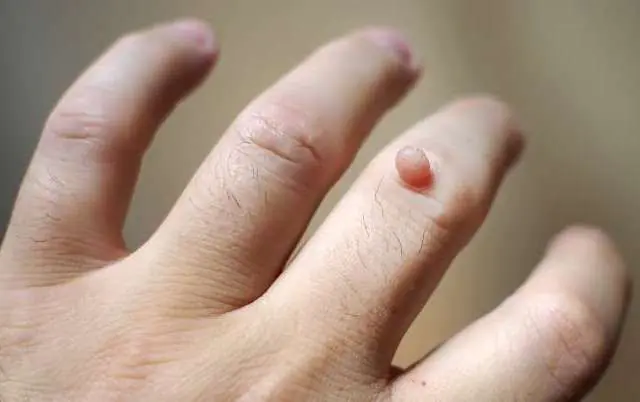
- Reasons for appearance
- What do papillomas look like on the fingers?
- Treatment methods
- Folk remedies
- Medicines
- Removal of papillomas
Papilloma on the finger is a benign formation that is a cosmetic defect. Outwardly, it can be confused with a wart, which appears here more often than this growth. Its peculiarity lies in its difficult location, especially when it comes to the interdigital space. It can be eliminated with the help of folk remedies, special medications and various physiotherapeutic procedures.
Causes of papillomas on the fingers
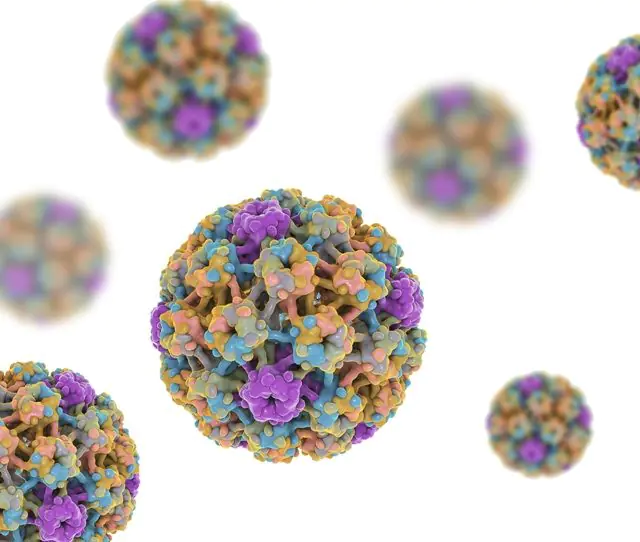
The appearance of papilloma on the finger, as when it occurs on other parts of the body, is caused by a virus of the same name. When it affects the body, it penetrates cells, destroys them and promotes changes in structure, which triggers the process of formation of growths.
HPV infection occurs in completely different ways, and the most common is sexual transmission; there are also contact-household and vertical transmission, from mother to child.
The virus is transmitted through the use of contaminated household items, for example, towels, sheets, dishes, etc. It is also possible to become a carrier of HPV at the moment of kissing a person whose body has already been infected by it. If there are lesions on the skin, then squeezing the finger can increase the likelihood of papilloma appearing on the finger.
The situation becomes especially dangerous when visiting a bathhouse, sauna, swimming pool, or swimming in the sea. This is due to the fact that the papilloma virus tolerates exposure to water well and can remain active in it for a long time.
After a person is infected, before HPV manifests itself, it takes from 2-3 months to several years; the incubation period sometimes lasts a very long time.
Papillomas on the fingers appear as a result of active HPV activity. If the immune system is weak and cannot stop this process, then a favorable environment for the growth of formations arises.
The following problems are associated with the appearance of papilloma on the finger:
- Poor nutrition. We are talking about a lack of foods rich in nutrients in the diet - proteins, iron, vitamins C, E, A, and various acids. To saturate your body with them, you need to eat a lot of fresh fruits and vegetables, herbs and berries. In this regard, oranges, lemons, pomegranates, kiwi, dill, parsley, black currants and much more will not be superfluous. The likelihood of papilloma formation on the finger increases especially in winter, when problems arise with the purchase of these products.
- Taking various medications. The immune system is most vulnerable to antibiotics, which are very often prescribed for the treatment of otolaryngological and gastroenterological diseases. The problem is that these drugs suppress positive microflora and promote the development of pathogenic ones. In turn, the immune system begins to work worse and is no longer able to repel attacks from various viruses, including suppressing HPV. Its progression starts the process of formation of papillomas on the fingers and other parts of the body.
- Bad ecology. Air pollution in industrial cities significantly increases the likelihood of a deterioration in immunity, which in turn can lead to the “awakening” of the papilloma virus and the appearance of formations on the fingers. This also threatens those who live in places where there are chemical and paint factories, oil and coal processing plants. No less dangerous are the regions in which nuclear power plants are located, and there are also a large number of garbage dumps.
- Hormonal disorders. Papillomas on the finger often occur in women, especially those who are over 45 years old. The reason for this is the premenopausal period, when restructuring occurs in the body and menstruation stops. Also, teenage girls often encounter such problems when their periods are just returning to normal. Most often we are talking about the age of 12-15 years. The appearance of papilloma can be associated with a lack or excess of progesterone, testosterone, thyroid, adrenal and ovarian hormones.
- Some diseases. People who suffer from gastritis, stomach and intestinal ulcers, and colitis are most susceptible to the formation of such growths. Also, papillomas on the finger may appear in those who have been diagnosed with anemia, hepatosis, or HIV. The problem is that with such pathologies the immune system is under a lot of stress, and it eventually cannot withstand it and sooner or later fails. Often such difficulties arise with sore throat, pharyngitis, tonsillitis, as well as with a number of other otolaryngological diseases.
- Depression. Emotional outbursts have a negative impact on the psyche and deplete the resources of the immune system, thereby worsening its response to the active activity of the papilloma virus. This is facilitated by conflict situations at work, insufficient rest, and quarrels with loved ones.
- Read also: why plantar warts appear on the finger
What do papillomas on the fingers look like?
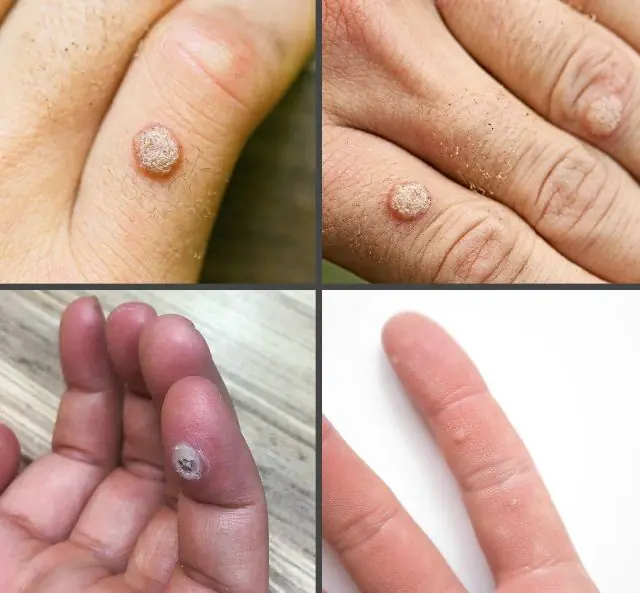
Photo of papillomas on fingers
In fact, papillomas on this part of the body appear quite rarely, but sometimes it still happens. They are benign and outwardly look like small growths of a round or slightly convex shape. Most often, their surface is flat and smooth, although there are other situations. Their color is usually flesh-colored, pale pink or light brown.
The size of the formation can range from 0.3 to 0.6 cm, in rare cases it grows to a larger diameter. What a papilloma looks like on a finger depends on its type; it can be flat or thread-like, pedunculated. The latter, naturally, has a thicker and stronger root, which is much more difficult to remove. The first type of formations is directly adjacent to the skin and, as a rule, does not have a developed base.
Papilloma can be located both on the front or back side of the fingers, and on the lateral surfaces, between them. Naturally, in this case the growth is practically not noticeable from the outside, but the person usually experiences some discomfort.
In addition to this, itching, burning, swelling and redness of the surrounding tissues may occur. When the formation comes into close contact with the skin, its integrity is sometimes compromised, which leads to bleeding, inflammation and, if there is no reaction, infection.
On the fingers, papillomas rarely occur in large quantities; these are mostly isolated cases. At the same time, there are situations when growths can “migrate” to neighboring areas, infecting them too. The longer they stay on the skin, the higher the likelihood of them spreading to other areas.- Read also about the size of warts on the hands and fingers
Methods for treating papillomas on the fingers
To combat these formations, you can use folk remedies and various medications. First of all, it is recommended to pay attention to antiviral medications that will help “curb” HPV and speed up the elimination of growths. If such treatment of papillomas on the fingers does not produce any particular results, then you should think about carrying out available physiotherapeutic procedures.
Folk remedies for papillomas on the fingers
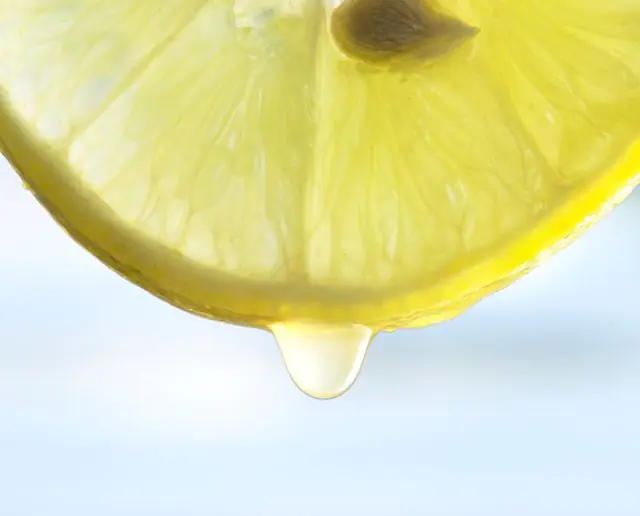
First of all, it is necessary to use those products that are intended for external use. These can be various infusions, decoctions, tinctures prepared on a plant basis. For this to work, they must be fresh. It is not recommended to store them in the refrigerator for more than 2-3 days, since the beneficial substances in them are gradually lost.
Here's how to remove papillomas on your fingers and what's the best way to do it:
- Plants. Young aloe helps very well. Select a leaf from it that appeared not so long ago, carefully cut it, wipe it and apply it to the formation, if possible, for 20 minutes. To prevent the compress from falling off, it is recommended to secure it on top with a bandage and adhesive tape, if necessary. Repeat this procedure for 1-2 weeks every day without a break; it is enough to do it once a day.
- Juices. A squeeze of lemon helps very well, as it has bright cleansing properties. You need to wipe the formations with it 5 times a day. If necessary, it is recommended to replace this remedy with potato, aloe, and celandine juice. Papillomas on the finger should be treated about 3 times a day. This is not recommended if there is damage to the skin, as this can cause burning and peeling. The duration of treatment should be at least 2-3 weeks. With these products you can prepare compresses by soaking a cotton pad or gauze in them and applying them to the formation for 20-30 minutes. You can walk with them longer, but then you will need to secure the bandage with a plaster or bandage.
- Oils. The most effective in the fight against papillomas on the fingers is a product made from olives, sesame seeds, coconut fruits, and lavender. Fir and pine oil also showed good results in treating these formations. They need to wipe the formations with a cotton pad 2-3 times a day, rinsing off after a few minutes. Before this, they can be heated, which will enhance the final effect. It is also recommended to make compresses with them using a sterile piece of gauze or a bandage. They should be kept on the papilloma for about 30 minutes. The procedure must be carried out once a day, the optimal duration of treatment is 1-2 weeks. If necessary, after this period you can take a break and repeat the course of therapy.
Read also about tea tree oil for papillomas.
Medicines for papilloma on the finger
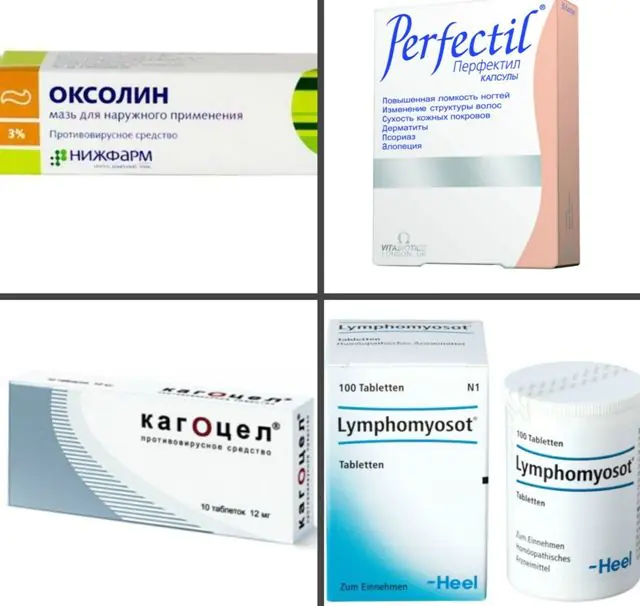
Photos of medications for papillomas on the fingers
To eliminate papilloma on the finger, you can use both external and oral remedies. In order to increase immunity, it is necessary to take immunostimulants, and to suppress the activity of HPV - antiviral drugs. To remove formations, you will need to treat them with cauterizing ointments, sprays, solutions, and lotions.
Here's what you can offer:
- Immunomodulators. The most famous of them is Lymphomyosot, prepared on a natural basis and harmless to the liver. It costs about 500 rubles. (220 UAH). It can be replaced with Cytovir-3 or Arbidol, both options are good. On average, treatment should be carried out for 1-2 weeks; if necessary, it is recommended to repeat the course, taking a break for 1-2 months.
- Antiviral drugs. Among them, we can recommend Kagocel tablets, which are successfully used to get rid of papilloma on the finger; they cost about 250 rubles. (120 UAH). An alternative to them can be the Derinat injection solution, however, it is recommended to use it in especially severe cases. If we talk about ointments, the best are Salicylic and Oxolinic. Aldara cream, costing 450 rubles, also helps a lot. (210 UAH).
- Vitamins. Such drugs are taken in addition to immunomodulators; they help strengthen the immune system and increase its resistance to viruses. The dietary supplements “Vitrum Beauty”, “Perfectil”, “Complivit Active” do an excellent job of achieving this goal. The course of taking them should last at least 2-4 weeks.
To dry the growth it is necessary to use cauterizing external agents. Cryopharm, Condilin, Verrukatsid, Ferezol have performed very well in the treatment of papilloma on the finger. After their use, a dense crust forms on the skin, which then falls off, leaving a slight burn in its place. After a few days or weeks, this mark disappears on its own.
Removal of papillomas on fingers
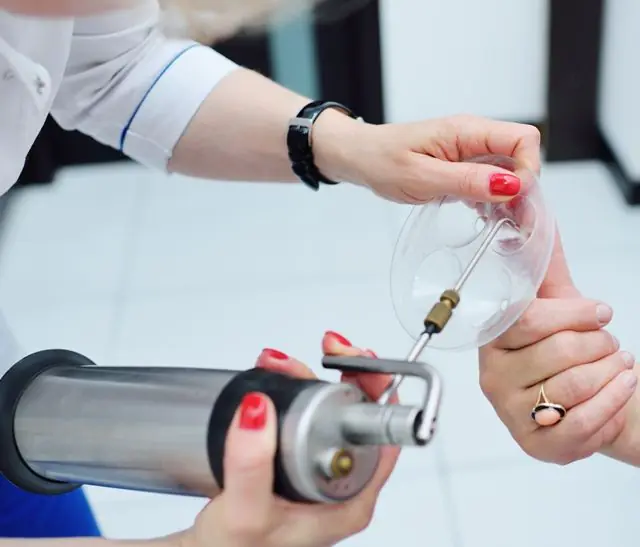
Surgical methods mean surgical removal of the formation, which is practiced very rarely, only in extreme situations, as well as a number of physiotherapeutic procedures. Here it is possible to use liquid nitrogen, a radio knife, a laser machine or electric current.
Here's how to cure papillomas on your finger:
- Cryodestruction. To carry out this procedure, liquid nitrogen is required, which is applied to the formation and kept there for a certain time. After a few days, a dense crust forms on this area, which is removed on its own after a couple of weeks. Usually one visit to a specialist lasting 30 minutes is enough. The price of cryodestruction reaches 360 rubles (150 hryvnia).
- Electrocoagulation. This technique is based on the use of low frequency electric current. It is safe for the skin as it does not cause burns. With its help, the formation is destroyed along with the root, as a result of which it disappears on its own. There is usually no scar left at the site of the papilloma on the finger, but if an inexperienced doctor works, it may still appear. The optimal session duration is about half an hour. The price of electrocoagulation is 590 rubles (250 hryvnia).
- Laser therapy. This procedure is carried out using a special device that emits a beam of a certain power. Under its influence, the papilloma is destroyed, right down to the root. To achieve this effect, one session is enough, but it should last at least 20 minutes. The price of laser therapy reaches 2900 rubles (1300 hryvnia).
- Radiosurgical removal. The essence of this procedure is to remove papilloma on the finger using a special knife. The peculiarity of this technique is that it does not require special contact with the skin, which eliminates the possibility of bleeding and the appearance of a scar. During the operation, pain may occur, so general or local anesthesia is needed, as indicated. The price of radiosurgical removal is 3,000 rubles (1,200 hryvnia).
Read also, what is better to remove papillomas - laser or electrocoagulation.
How to get rid of papilloma on a finger - watch the video:
Treatment of papillomas on the fingers should begin with a thorough diagnosis of a person who has contacted a dermatologist with complaints about such problems. It is necessary to identify what type of virus caused the appearance of this formation, what triggered its activation and what drugs it is susceptible to.
- Related article: Which doctor should I contact for papillomas?



